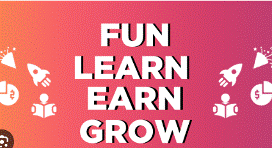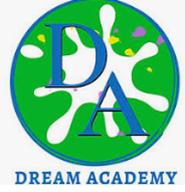




|
|
|
CONTACT 732-281-7122 / 732-423-8052 |
|
COMPUTERS-DATA-VISUALIZATIONS |
|
Course Description
This course focuses on building creative and technical skills to transform data into visual reports for the purpose of engendering a shared understanding.
Students will learn to use software to ingest, organize, and visualize data, with an emphasis on applying design principles to produce clear, elegant graphs and dashboards that capture the essence of an insight, message, or recommendation distilled from the data.
Students will become familiar with exploratory and explanatory data visualization techniques for data storytelling. Additionally, students will work together on team projects to develop their creative and technical skills as well as to learn from their peers.
We will be using data from real-world sources and applications for our in-class exercises and group projects.
|
|
Learning Objectives
Students should know how to select the appropriate software and chart types to model and visualize data for research projects based on the intended audiences
Through class tutorials, lab exercises and projects, students should become comfortable with thinking visually and producing visual reports and interactive charts and dashboards
Students should demonstrate confidence in their ability to prepare data and draw from design principles to communicate and persuade using storytelling with data
Assignments and Projects
There will be weekly data visualization exercises to learn and practice your software skills;
each exercise will have a standard and an optional advanced level of difficulty.
Additionally, every student will be required to join a group to work on data visualization projects.
Class Participation Attendance is mandatory, though you may be excused for up to 2 absences if you inform the teaching team of any hardship.
Grading Every student must demonstrate confidence and proficiency with encoding and representing data as visual artifacts that convey meaningful information, insights, and arguments. Additionally, students can choose among tracks to develop specialized skills in data analysis, visual design, or technical tools.
Graphs and charts:
Can help visualize trends, comparisons, or relationships. For example, bar charts can compare values across categories, while histograms can represent discrete or continuous data.
Tables: A simple and effective way to present data.
Maps: Can be effective for data with a geographical component.
Info graphics: Combine graphics and text to make data visually engaging.
Dashboards: Can present key data points or metrics in a way that's easy to understand quickly. |
